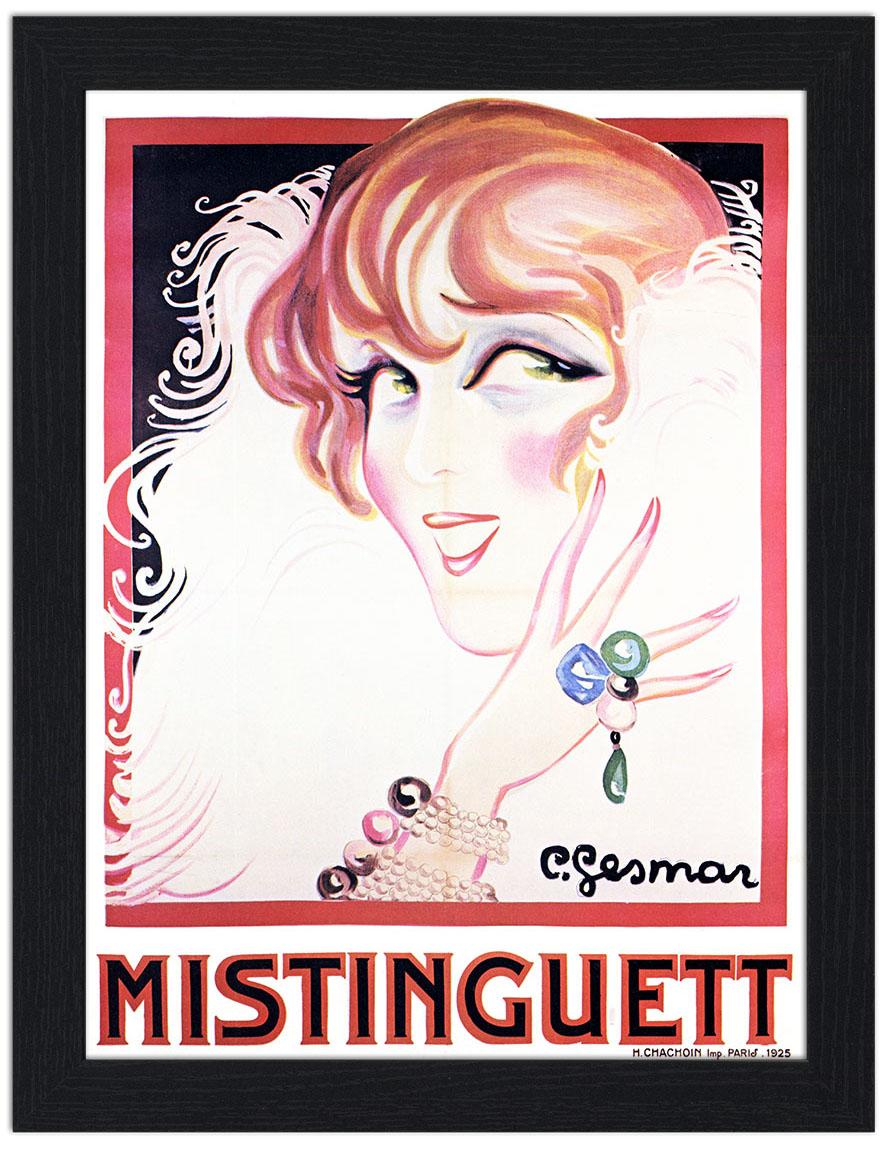

The meaning of the trial emerged through its interpretation as a conflict of social and intellectual values. The guilt or innocence of John Scopes, and even the constitutionality of Tennessee's anti-evolution statute, mattered little. There a jury was to decide the fate of John Scopes, a high school biology teacher charged with illegally teaching the theory of evolution. Who would dominate American culture-the modernists or the traditionalists? Journalists were looking for a showdown, and they found one in a Dayton, Tennessee courtroom in the summer of 1925. In a response to the new social patterns set in motion by modernism, a wave of revivalism developed, becoming especially strong in the American South. Americans danced to the sound of the Jazz Age, showed their contempt for alcoholic prohibition, debated abstract art and Freudian theories. Younger modernists no longer asked whether society would approve of their behavior, only whether their behavior met the approval of their intellect. Traditionalists, the older Victorians, worried that everything valuable was ending. Altman, 5:33 min.The early 1920s found social patterns in chaos. LP: Open Sesame - Blue Note, 1960) - Blue Note Plays Sinatra (compilation, Blue Note 1996), J. All or Nothing at All, Freddie Hubbard, (Orig. Just a Closer Walk With Thee, Jimmy Smith, Rockin' the Boat (Blue Note, 1963), Traditional, 3:46 min.ġ1. Volare', Joey DeFrancesco, Joey DeFrancesco Goodfellas (Concord Jazz, 1999), Domenico Modugno-Franco Migliacci, 4:14 min.ġ0. I Got a Woman, Jimmy Smith, Home Cookin' (Blue Note, 1961), Ray Charles, 3:52 min.ĩ. A Ballad, Gerry Mulligan-Stan Getz, Getz Meets Mulligan in Hi-Fi (Verve, 1957), Gerry Mulligan, 5:41 min.Ĩ. C Jam Blues, Jimmy Smith, Got My Mojo Workin' (Verve, 1966), Duke Ellington, 3:49 min.ħ. Come Rain or Come Shine, Art Blakey and the Jazz Messengers, Blue Note Plays Sinatra (Blue Note, 1996), Harold Arlen-Johnny Mercer, 5:45 min.Ħ. Blues After All, Jimmy Smith, House Party (Blue Note, 1958), Kenny Burrell, 6:04 min.ĥ. Bandstand Boogie, Les and Larry Elgart, Bandstand Boogie (Columbia, 1954), Charles Albertine, 2:04 min.Ĥ. I'm Getting Sentimental Over You, Jimmy Smith, A Date with Jimmy Smith (Blue Note, 1957), Ned Washington-George Bassman, 4:11 min.ģ. Thanks for the Memory, Anita O'Day-Cal Tjader, Time For 2 (Verve, 1962), Ralph Rainger-Leo Robin, 2:45 min.Ģ. Hour – Music by Title, Artist, Album, Composer, Time lengthġ. The Organ Grinder's Swing, Jimmy Smith Trio, The Master Featuring Kenny Burrell (Blue Note, 1965), Mitchell Parrish-Irving Mills-Will Hudson, 3:44 min.ĩ p.m. The Quiet Time, Teddy Charles, The Teddy Charles Tentet (Atlantic, 1956), Jimmy Giuffre, 5:48 min.ġ0. TNT, Jimmy Smith, Hoochie Coochie Man (Verve, 1966), Grady Tate-Ben Tucker, 5:24 min.ĩ.

Inka-Dinka-Doo, Herb Ellis-Ray Brown, Soft Shoe (Concord Jazz - Japan, 1975), Jimmy Durante-Ben Ryan, 4:48 min.Ĩ. Sassy Mae, Jimmy Smith, Bucket! (Blue Note, 1966), Jimmy Smith, 4:17 min.ħ. the sounds of 1925, including early jazz recordings by Louis Armstrong, Duke Ellington and Fletcher Henderson, pioneering country and folk recordings. Saturday Night is the Loneliest Night of the Week, Count Basie and His Orchestra Plays the Hits of Frank Sinatra (Verve, 1963), Julie Styne-Sammy Cahn, 4:05 min.Ħ. Since I Fell For You, Jimmy Smith, Home Cookin' (Blue Note, 1961), Buddy Johnson, 4:16 min.ĥ. Your Mind is on Vacation, Mose Allison, Don't Worry About a Thing (Atlantic, 1962), Mose Allison, 2:34 min.Ĥ. Can Heat, Jimmy Smith, Rockin' The Boat (Blue Note, 1963), Jimmy Smith, 5:22 min.ģ.

Ramblin', Ornette Coleman, Change of the Century (Atlantic, 1960), Ornette Coleman, 6:34 min.Ģ.


 0 kommentar(er)
0 kommentar(er)
